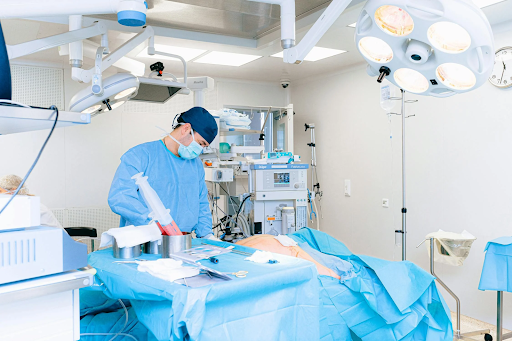Keeping Still: How Surgical Tools Are Quietly Redefining Efficiency

Many people in the hectic operating room think motion propels development. However, some of the most important factors for surgical success come from tools that remain still—they do exactly the opposite. Modern surgeries where accuracy and stability determine results depend on the capacity to maintain the tissue in place without oscillation or fatigue. Demand for equipment that offers continuous exposure and ergonomic dependability has driven revolutionary changes in surgical instruments as operations become more complicated and less invasive.
Among these developments, the self retaining surgical retractor stands out; it is designed to keep a constant position all during an operation. Unlike conventional retractors that need human holding, these devices provide hands-free support, improving throughput and lowering staff weariness. They enhance the clarity of the surgical area and let surgeons concentrate completely on the operation by remaining in place without requiring continual modification. This fixed efficiency has helped to reframe how operating teams allocate their time, energy, and focus during surgery.
Improving operating room workflow
Surgery efficiency is not only about speed; it’s also about keeping control and preserving the best safety and accuracy standards. Operating rooms have been changed to include self-retaining retractors. Surgeons no longer have to worry about visual obstacles brought on by tissue movement or tool slippage as they may now negotiate complex anatomical terrain. This increase in visual stability helps to streamline operations and lower total running time by decreasing delays and disruptions.
In high-volume surgical settings, where several cases are planned back-to-back, even minor increases in efficiency can greatly impact patient outcomes and institutional output. Tools that stay constant and need little intervention lower the cognitive and physical burden on the surgical team. Fewer changes mean more time focused on the fundamental duty—providing exact and patient-centred treatment.
Design supporting surgical strategy
Apart from use, the design of self-retaining retractors determines their efficacy. These tools are made to cooperate with the complexity of the human body rather than fight it. Features such as modular arms, customisable angles, and different retraction blades let you customise combinations to fit a procedure’s needs. These tools are adaptable enough to fit, whether in orthopaedic, gynaecological, or general surgery, while still being consistent in function.
Furthermore, the stability these retractors offer lessens unneeded movement, which is particularly crucial in laparoscopic or microsurgical operations. Even tiny changes in exposure can affect surgical accuracy with smaller operational windows and tighter margins. The “keep still” design concept reduces the risk of error or re-injury caused by moving tissues and allows a more comfortable position for the surgical team.
Stillness is a strength
In a profession that values movement and progress, the self-retaining surgical retractor’s stillness is a silent revolution in efficiency. It helps the rhythm of the procedure by staying fast in position, enabling surgeons to operate with certainty and clarity. Tools that stress stability, consistency, and ergonomic design will remain vital to surgical development as healthcare works towards smarter processes and better results. These tools enable movement in stillness, directing precision medicine’s future one procedure at a time.




